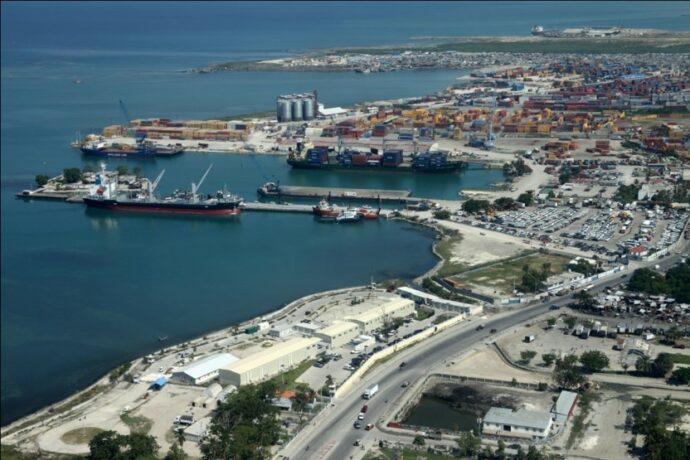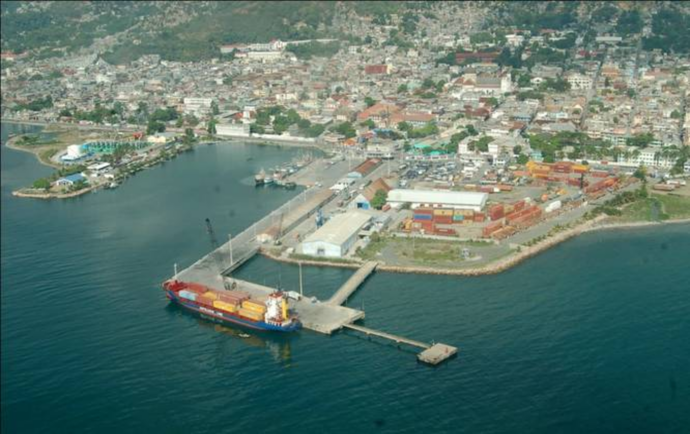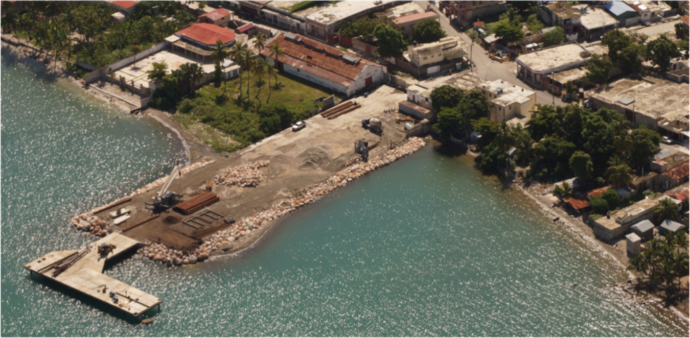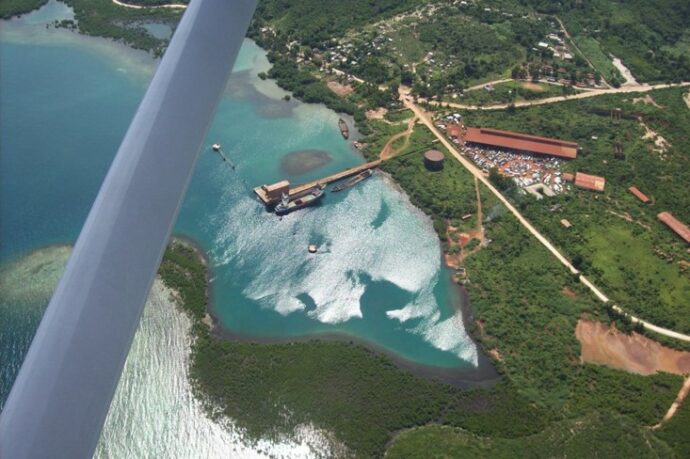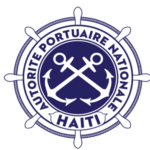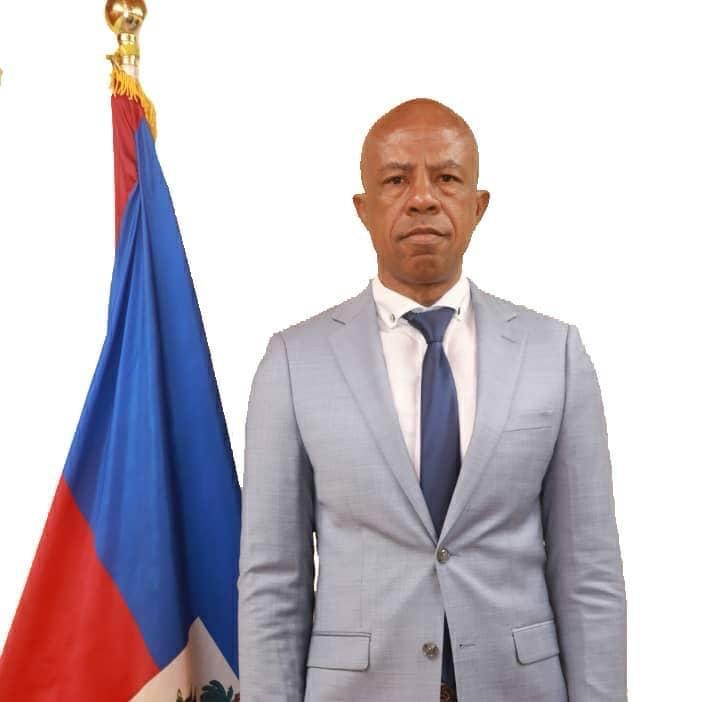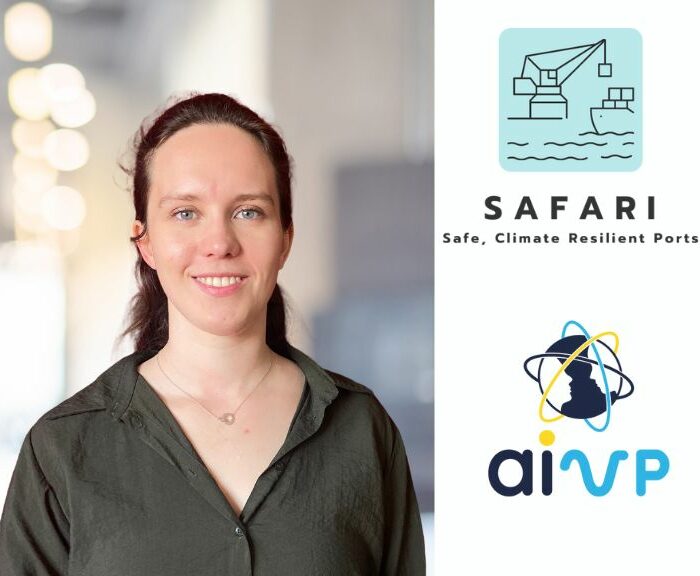Interview with Jocelin VILLIER, general manager of Haiti National Port Authority.
Can you briefly present your organisation to the other members of our international network?
Haiti National Port Authority (APN) is an independent public commercial undertaking with its own distinct legal personality. It is the body responsible for operating all of the ports in the Republic of Haiti, under the authority of the Ministry of Finance & Economy (MEF). Its official role is to:
- provide services to vessels, shipping agents, and other port users
- regulate the port sector
The APN is led by a team of senior executives, reporting to the Board of Directors which has five (5) members. The Board is chaired by the Minister of Finance. Haiti has two international ports, one (1) in the capital city, Port-au-Prince, and the other in Cap-Haitien, the country’s second-largest city. There are also 12 short-sea shipping ports, five (5) of which handle international goods traffic, in Saint-Marc, Gonaïves, Port de Paix, Miragoane, and Jacmel, and six (6) private docks. The APN is the body tasked with managing public port installations and regulating the country’s entire sector.
What do you believe Haiti National Port Authority can bring to the AIVP network?
Haiti National Port Authority can share its experience of development in a country in crisis. The APN operates in a climate of crisis with major economic, social, and environmental challenges. This means it can share the benefit of its experience and the way it has tackled the task of rebuilding and developing port infrastructures in that kind of environment. This includes strategies to build resilience to natural disasters and efforts to keep port activity going, despite the political and economic challenges.
A programme is underway to regenerate the international port of Cap Haïtien, in partnership with USAID. What sort of project is it, and what are its aims?
Funded by USAID as part of Haitian-American cooperation efforts, the project aims to renovate terrestrial infrastructures, by:
- constructing a new administration building
- installing port lighting powered by three energy sources: mains electricity, solar panels, and a 1,000 kW generator
- redeveloping the container zone
- installing a fire safety system
- developing an area to house refrigerated containers, with 20 power supply outlets
- repairing the artesian well to fill two 60,000 gallon prefabricated metal tanks
- redeveloping an area for the harbour master’s offices
- creating rainwater drainage systems
- building a toilet block (M/F)
The project’s official objectives are:
- to increase cargo and container capacity, thereby improving handling and storage and expanding import/export opportunities;
- to renovate infrastructures for improved safety and security;
- to improve the economic environment and promote sustained employment growth in the north of the country, by reducing logistics costs for exporters including the clothing manufacturers at Caracol industrial park; and
- to bring port infrastructures into line with international standards (ISPS Code, CTPAT, etc.)
You are keen to kick-start short-sea shipping in Haiti. What do you see as the challenges and opportunities, both for the country and the wider region?
Given the shortcomings of the road network between certain towns and cities, there is a need to develop national shipping by building port installations that are safe and practicable for cargo ships and passenger vessels. That means making maritime traffic a priority mode of transportation.
As an island country with more than one thousand five hundred and thirty-five (1,535) kilometres of coastline, Haiti has one priceless asset: the sea. It is made even more valuable by the country’s advantageous geostrategic location, but alas the opportunities it offers have never been properly exploited. It is high time for the APN, as the State-sanctioned port authority, to really commit to this path, by coming up with a set of projects specifically designed to promote the development of short-sea shipping, with positive benefits for the country and the region. The APN also needs to capitalise on its membership of AIVP to promote the city/port concept and the blue economy in the economic development of Haiti’s coastal cities. The short-sea shipping port units targeted for the current fiscal year include Port-de-Paix, Saint-Marc, Gonaïves, La Gonâve (Anse-à-Galets, Pointe-à-Raquette), Miragoâne and Jérémie.
Obviously, every initiative comes with an element of risk. The APN will face challenges, but there will also be opportunities.
A. Challenges
- Insecurity
- Political instability
- Social disorder
- Very poor reputation owing to insecurity
- Fall in traffic
- Declining revenues
- Port docking installations in poor condition
B. Opportunities
- Willingness to invest in infrastructures (Renovation, Reconstruction, Construction)
- Facilitated trade between coastal communities
- Balanced local development policy
- Improved service levels
- Increased revenues
- Improved working conditions and productivity
- Better communication (internal/external)
- Technology watch
- Restored security and safety
- Outward-looking (international short-sea shipping)
- Renewed confidence among foreign partners
- Revitalised tourist industry
- More competitive Haitian port network
- Improved image benefiting the APN and the national economy.
We will not lose sight of the challenges, but must be optimistic. With disciplined management, we can carry our projects through to fruition and meet our objectives, and the whole country will benefit as a result.
